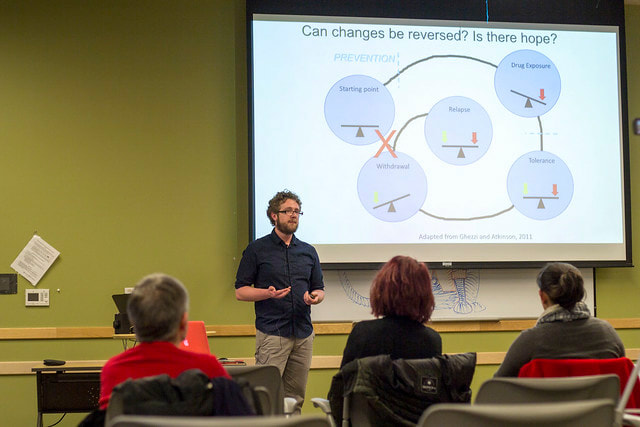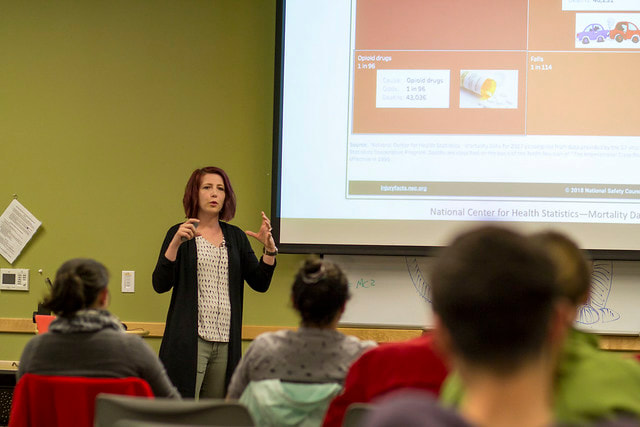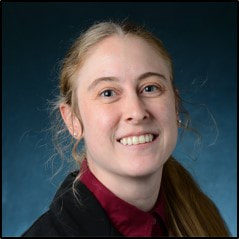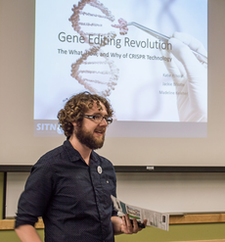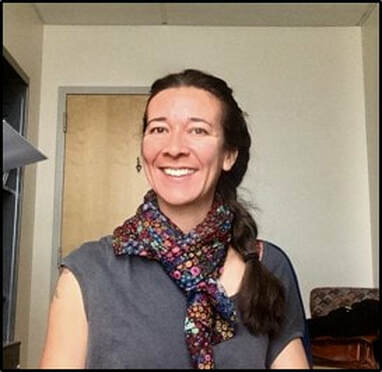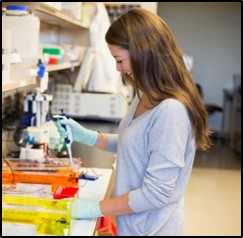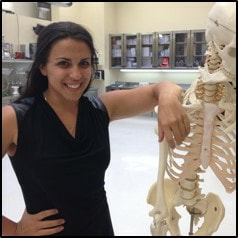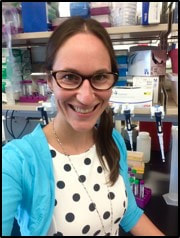COLORADO SCIENCE IN THE NEWS (SITN)
Science in the News is a monthly lecture series where local graduate students and post-docs discuss current events in science with the greater Denver community. It's an opportunity to teach and excite a broad public audience about new scientific findings and interesting topics. Check us out on Twitter and Facebook: @ColoradoSITN
PAST PROGRAMS
APRIL 2019
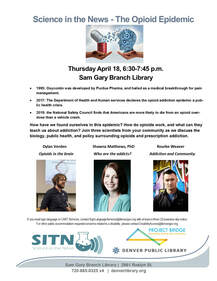
Science in the News - The Opioid Epidemic
In 1803, morphine is isolated from the poppy plant for the first time, a miracle pain reliever with a high risk of addiction. In 1995, Oxycontin is released by Purdue Pharma as a less addictive pain reliever and hailed as a medical breakthrough. In 2017, the Department of Health and Human Services declares the opioid addiction epidemic to be a public health crisis. Today, Americans are more likely to die from opioid overdose than from a vehicle crash. How have we found ourselves in this epidemic? How do opioids work, who takes them, and what can this teach us about addiction and recovery?
In 1803, morphine is isolated from the poppy plant for the first time, a miracle pain reliever with a high risk of addiction. In 1995, Oxycontin is released by Purdue Pharma as a less addictive pain reliever and hailed as a medical breakthrough. In 2017, the Department of Health and Human Services declares the opioid addiction epidemic to be a public health crisis. Today, Americans are more likely to die from opioid overdose than from a vehicle crash. How have we found ourselves in this epidemic? How do opioids work, who takes them, and what can this teach us about addiction and recovery?
SPEAKERS:
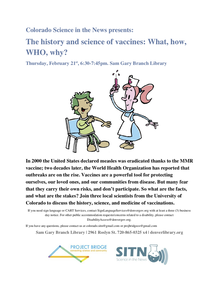
FEBRUARY 2019
The history and science of vaccines: what, how, WHO, why?
In 2000 the United States declared measles was eradicated thanks to the MMRvaccine; two decades later, the World Health Organization has reported that outbreaks are on the rise. Vaccines are a powerful tool for protecting ourselves, our loved ones, and our communities from disease. But many fear that they carry their own risks, and don’t participate. So what are the facts, and what are the stakes? Join three local scientists from the University of Colorado to discuss the history, science, and medicine of vaccinations.
FEBRUARY 2019
The history and science of vaccines: what, how, WHO, why?
In 2000 the United States declared measles was eradicated thanks to the MMRvaccine; two decades later, the World Health Organization has reported that outbreaks are on the rise. Vaccines are a powerful tool for protecting ourselves, our loved ones, and our communities from disease. But many fear that they carry their own risks, and don’t participate. So what are the facts, and what are the stakes? Join three local scientists from the University of Colorado to discuss the history, science, and medicine of vaccinations.
SPEAKERS:
RESOURCES:
|
|
| ||||||||||||||||||
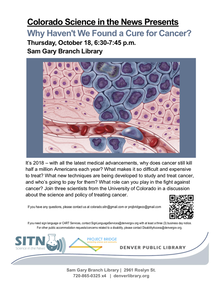
OCTOBER 2018
Why Haven't We Found A Cure For Cancer?
It’s 2018 – with all the latest medical advancements, why does cancer still kill half a million Americans each year? What makes it so difficult and expensive to treat? What new techniques are being developed to study and treat cancer, and who’s going to pay for them? What role can you play in the fight against cancer? Join three scientists from the University of Colorado in a discussion about the science and policy of treating cancer.
SPEAKERS:
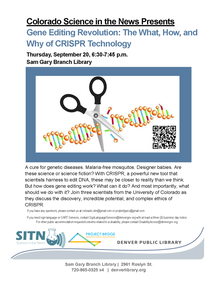
SEPTEMBER 2018
Gene Editing Revolution: The What, How, and Why of CRISPR Technology
A cure for genetic diseases. Malaria-free mosquitos. Designer babies. Are these science or science fiction? With CRISPR, a powerful new tool that scientists harness to edit DNA, these may be closer to reality than we think. But how does gene editing work? What can it do? And most importantly, what should we do with it? Join three scientists from the University of Colorado as they discuss the discovery, incredible potential, and complex ethics of CRISPR.
SPEAKERS:
Proudly powered by Weebly
